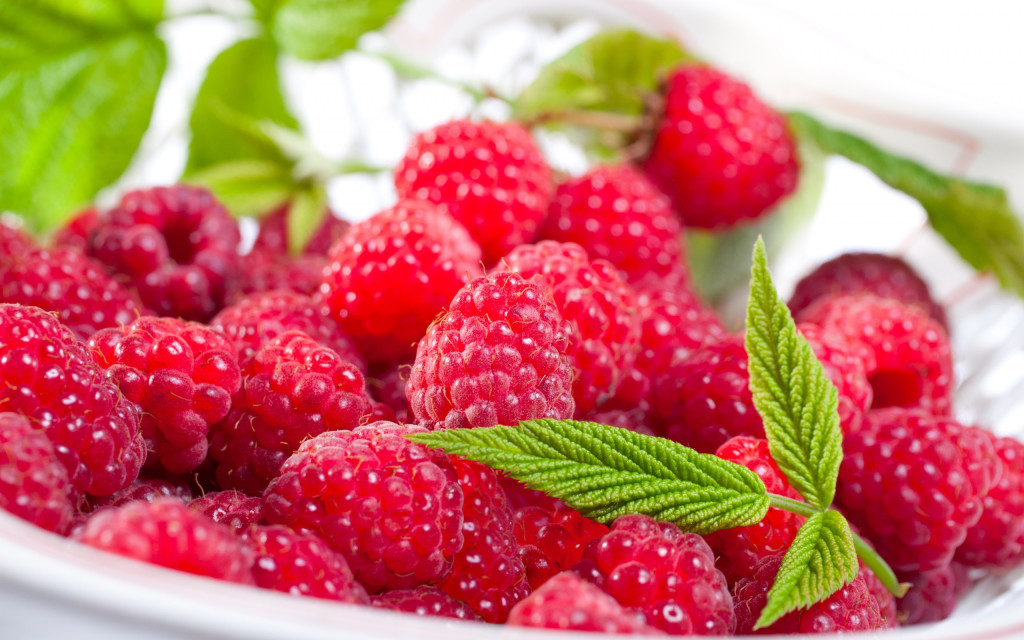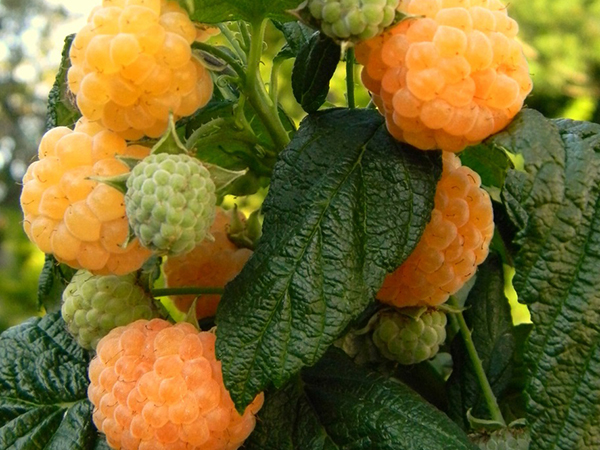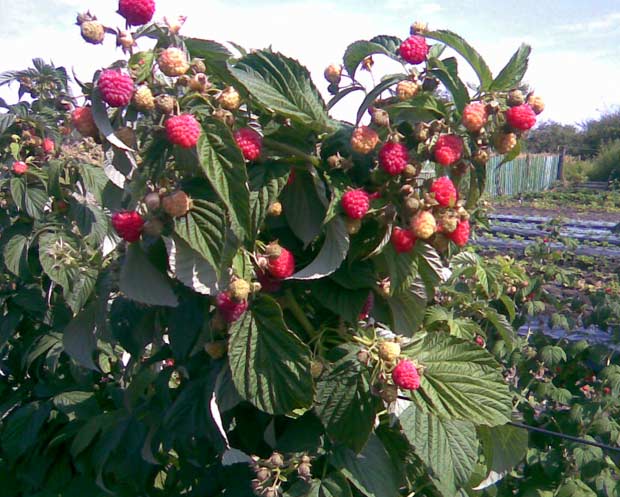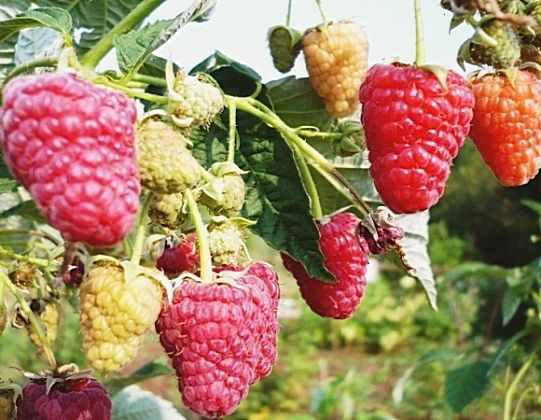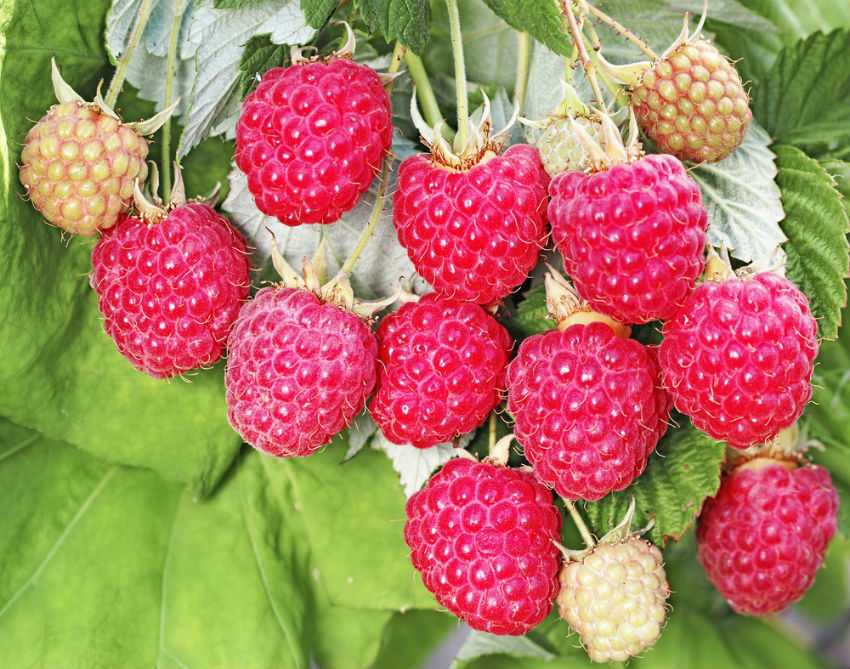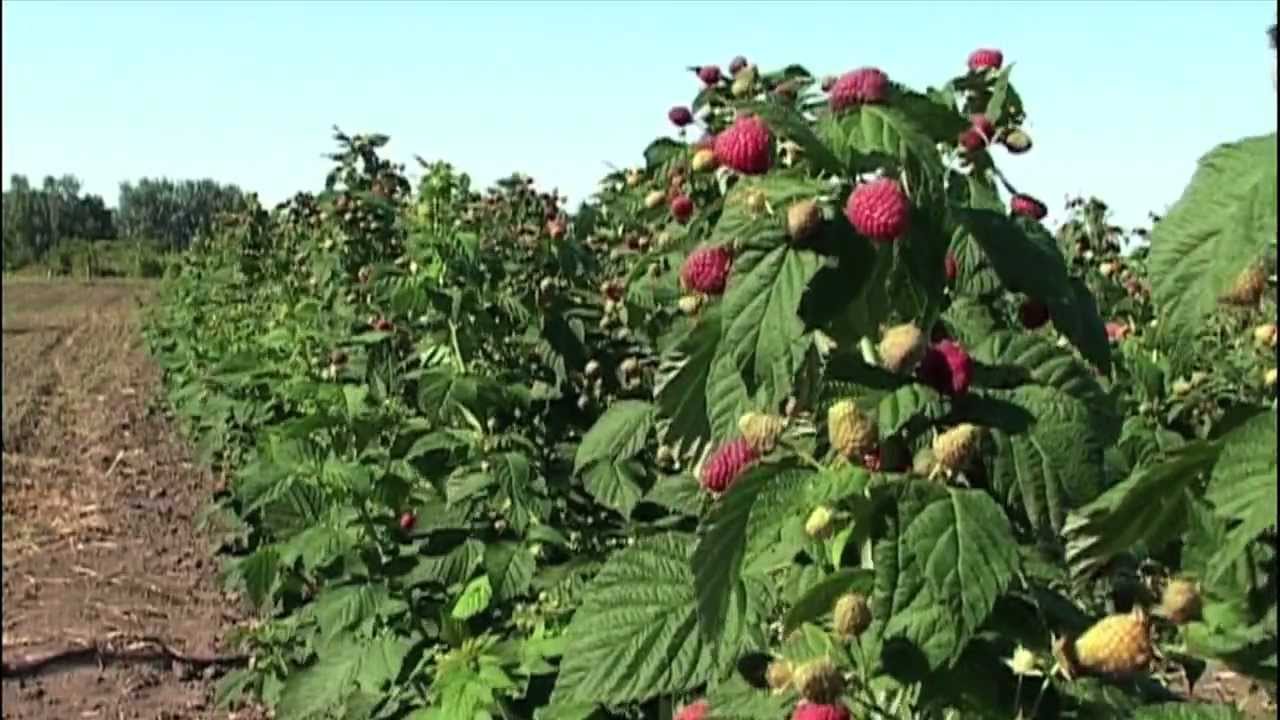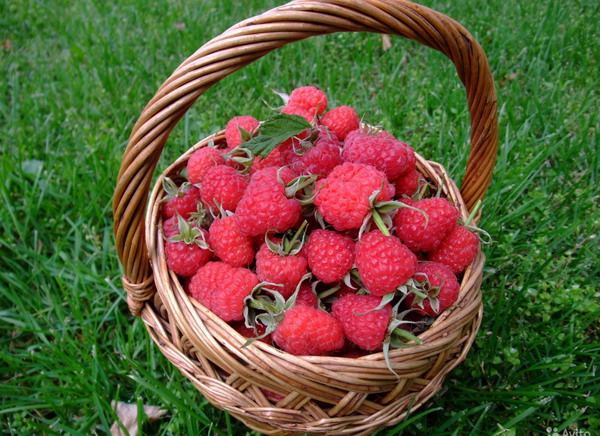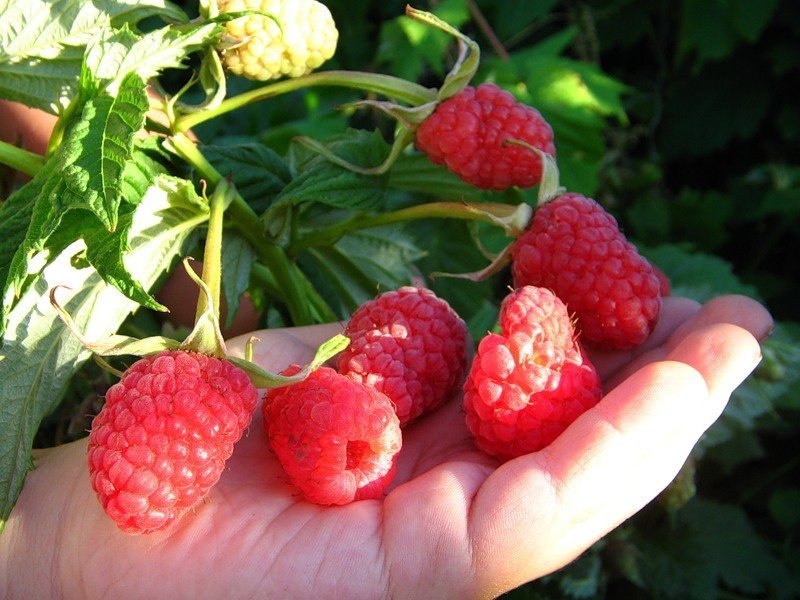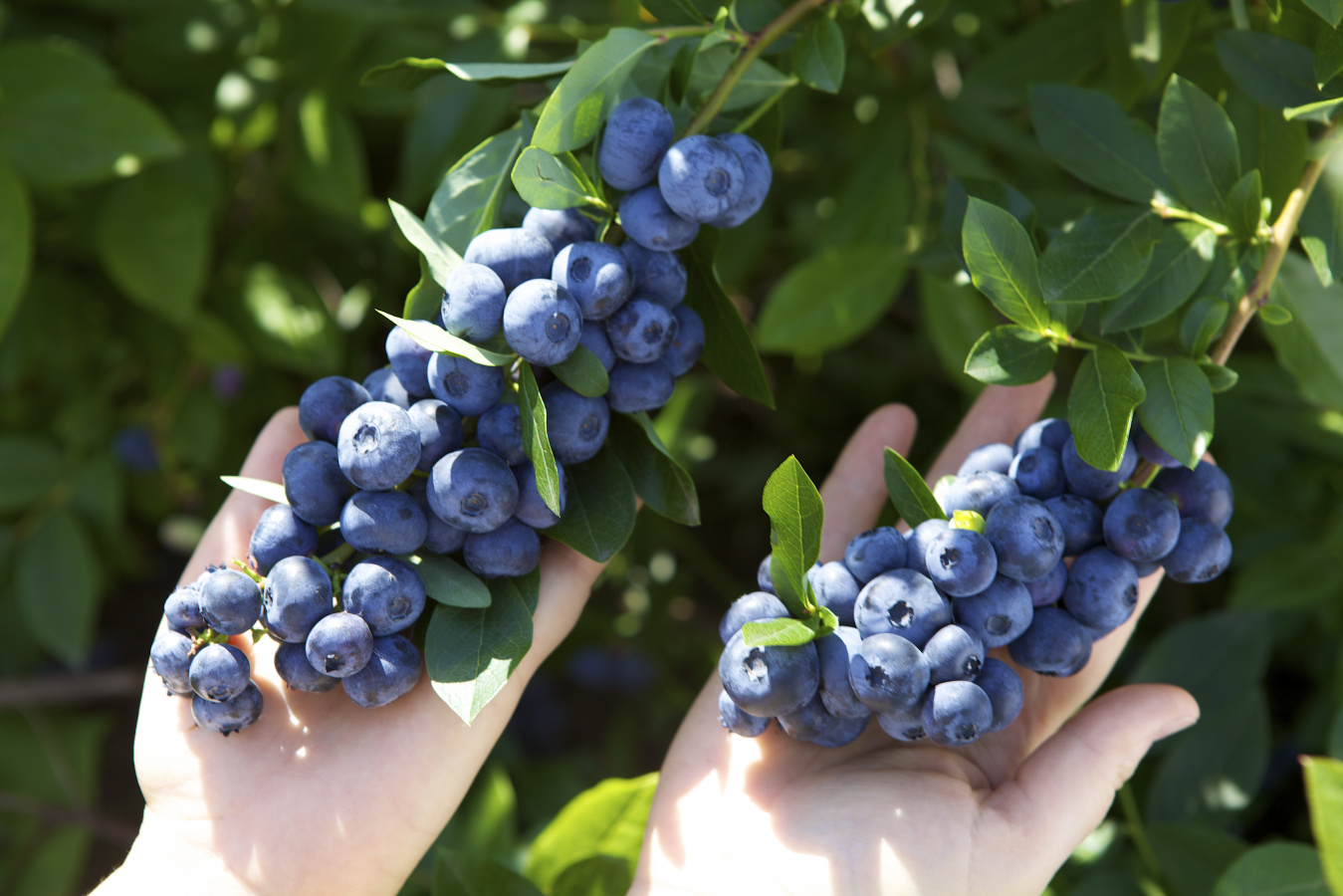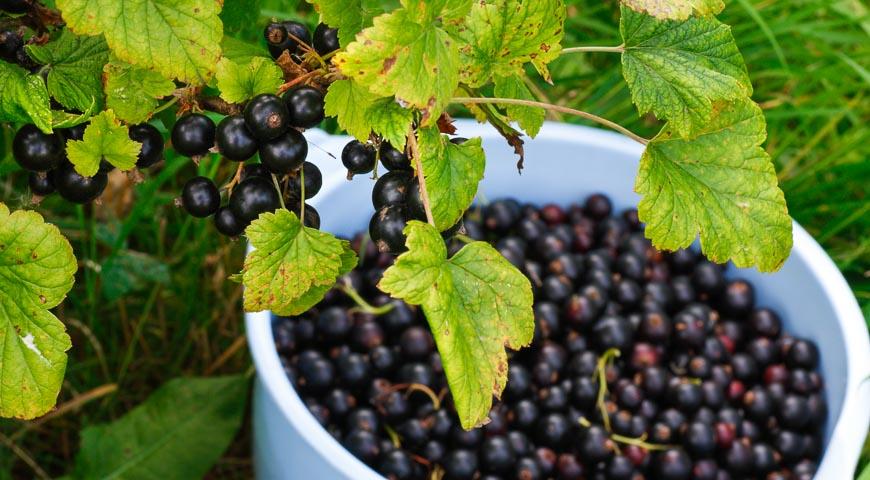Content:
Raspberries are a welcome guest in the gardens and orchards of most of the inhabitants of our country. The remontant varieties of this shrub are a gift for those who like to feast on sweet berries and those who are selling, because they bear fruit from mid-summer until the first frost. Harvesting is especially long in the southern regions. Those wishing to start the cultivation of horticultural crops remontant raspberry the best varieties for the south of Russia are selected taking into account the location of the personal plot and the varietal characteristics of the plant.
What is remontant raspberry
Repaired raspberry bears fruit on one-year and two-year shoots. On last year's stems, the fruits ripen in July, berries are harvested from new shoots from early August to late October.
On a note. Repaired varieties created by Russian scientists differ from foreign ones in good productivity, early fruiting, and berry quality.
How does remontant raspberry differ from ordinary
Repaired raspberries go through all growth phases within one year, from the emergence of young shoots to fruiting. Non-remontant varieties yield crops on last year's shoots.
Repaired varieties are capable of bearing fruit on two-year-old stems. But to get a larger yield, it is recommended to grow remontant raspberries as an annual plant, mowing all shoots (or cutting off) in the fall, at the end of the growing season.
Important! Cut the stems flush with the soil, leaving no stumps.
Pests hibernating under the bark are removed along with the branches. Treatment with pesticides is not required.
Bushes of common raspberries, left for the winter, risk freezing or drying out, which does not threaten remontant raspberries, provided that all shoots are removed from the garden before the onset of frost.
The period of obtaining a harvest of remontant raspberries is quite long, stretching to the very frost, which motivates gardeners to cultivate this delicious berry in their own area.
Repaired varieties are demanding to care for, as they go through the entire development cycle in one year. Such plants need to be watered daily, fed regularly.
Repaired raspberries give few shoots for breeding, and some species have no shoots at all. This feature makes it easier to care for the plant, but makes it difficult to reproduce.
Features of the cultivation of raspberries in the southern regions
The southern climate allows remontant varieties to give almost 100% of the harvest before winter. In southern Russia, autumn is warm and comes later than in the middle lane.
Landing
It is necessary to plant remontant raspberries in the south of Russia before winter. In these areas, spring is early and characterized by high temperatures, which negatively affects young shoots - they may die.
Repaired raspberries are recommended to be planted in the most illuminated places in the garden, as they need a lot of light. But in the southern regions, this culture needs to be protected from the scorching sun, to create partial shade for it. From the heat, the berries lose moisture, become less juicy, unattractive in appearance.
Pruning
Note! In the spring, it is imperative to deal with the thinning of young shoots.
6-8 green offspring should be left at 1 m, the rest should be removed by hand or with pruning shears. Such a measure promotes ventilation of the shoots and provides good illumination.
In the fall, before frost, shoots are cut or mowed in order to get a harvest on annual shoots the next year.
But not all gardeners do this. Many people breed remontant raspberries like ordinary ones, that is, they leave shoots in the winter and pick berries from two-year-old bushes. In this case, several pruning of the harvested shoots should be done. Such branches are cut immediately after the end of fruiting so that they do not take nutrients and moisture from the soil, but leave them to one-year shoots.
Care
To achieve good productivity of remontant raspberry, it must be regularly watered, weeded, loosened, and fertilized.
Attention! In the southern regions, it is important to ensure good watering, the soil should always be moist, and stagnant water should be avoided.
It is very convenient to organize drip irrigation in your garden for raspberries. A tape with small holes along its entire length is passed along the row. Water is supplied constantly in drops, the soil is kept moist. Watering is disabled in rainy weather.
Mulching helps keep water in the soil. You can mulch, that is, cover the surface of the earth around the raspberries, with straw, mown grass, sawdust, wood chips or peat.
Pros of mulching raspberries:
- retains moisture in the soil;
- prevents the soil from overheating;
- prevents the growth of small weeds, thereby making weeding much easier;
- protects roots located at a depth of 15-20 cm from drying out and freezing in winter.
Mulching should be carried out when the shoots have reached 30-35 cm in height, and after fertilization.
Remontant raspberry varieties for the south of Russia
Hot sun, rare rains, dry summers, early spring and late autumn - all this characterizes the climate of the south of Russia. Therefore, the best raspberry varieties for the Krasnodar Territory and other southern regions should be drought-resistant, sun-loving and, of course, give a good harvest.
The following is a description of domestic varieties of remontant raspberries popular in the southern regions.
Crane
Early, high-yielding, up to 2 m high, compact bushes. There are few thorns.
The berries are large (3-3.5 g), beautiful, tasty, with delicate fragrant pulp.
Apricot
Fruits are yellow, up to 3.5 g, juicy, tender, tasty fresh and processed. Raspberry jam from this variety turns out to be a beautiful golden color. One plant produces up to 2 kg of berries.
Bushes 1.3-1.6 m high, growing straight, branching strongly, weak spreading. Be sure to tie up.
The fruits are located almost along the entire length of the stem. Thorns are at the bottom of the branches.
Shoots are mown before winter.
Indian summer
The very first remontant variety, bred in the 70s of the last century.
The yield is average (1 kg per bush), the berries are dark, weighing up to 3 g. Height up to 1.7 m, medium spreading, it is necessary to tie up. Sensitive to watering and feeding. The fruiting zone is 30-50 cm from the top.
Grown like regular raspberries, harvesting twice.
Indian Summer-2
This variety is a new word in Russian breeding. Fruiting on 2/3 stems. The berries are sweet, weighing up to 4 g.
Height up to 2 m, the bush strongly branches. Young shoots appear in small quantities, which greatly facilitates care.
The crop is obtained only on annual stems, in autumn all shoots are removed.
Brilliant
A distinctive feature is the complete absence of thorns. Bushes 1.2-1.5 m high branch very strongly. A garter to the trellis is absolutely necessary (a kind of support).
The berries are beautiful, large, sweet, with a pronounced aroma. High-yielding variety, bears fruit before the first frost.
Eurasia
An early early ripening variety. Drought tolerant. Berries weighing up to 4 g, dark in color, dense, well transported. Taste sour, no aroma.
Height - 1.3-1.6 m. Grows evenly, no need to tie. There are few thorns.
Firebird
High-yielding variety (2.2-2.5 kg per bush). Fruits weighing 4.3-4.6 g (there are up to 6 g), sweet and sour, dessert. The pulp is firm, does not flow. Plants 1.6-1.9 m in height, with a slight spreading. The varietal feature is thin and soft thorns, concentrated at the bottom of the shoot.
Very sensitive to high temperatures and drought, may die. Provide partial shade, plant on the north side of the house or near fruit trees. But it tolerates rainy weather well, the berry does not rot.
Penguin
The variety is early, weakly susceptible to diseases and pests. The berries are large (6-8 g), sweet, dark raspberry color.
Height - 1.1-1.4 m. Does not need additional support, grows straight, compact. It is also called a raspberry tree, suitable for creating a hedge.
Ruby necklace
Mid-season, rarely affected by diseases and pests. Berries weighing 4-5 g, dense, beautiful, bright red. They do not become shallow, even if watering is not enough. Well transported.
Before freezing, shoots are removed from the garden.
Orange wonder
Large-fruited variety (weighing up to 5 g, reaching a maximum of 10 g), giving bright yellow berries. Possesses sweet taste and pronounced aroma.
Productivity - up to 2.5 kg per bush. Begins to bear fruit in mid-August. Before the first frost, it gives up most of the harvest. The plant is powerful and needs to be tied up.
In the southern regions, many foreign varieties have proven themselves well. For example, Polana (or Polka) of Polish origin pleases with its high yield, excellent taste, and a long fruiting period.
Nowadays, it is not difficult to find remontant varieties of raspberries for the Krasnodar Territory or other regions. After all, Russian breeders are constantly working, getting new highly productive varieties adapted to different climatic zones.
